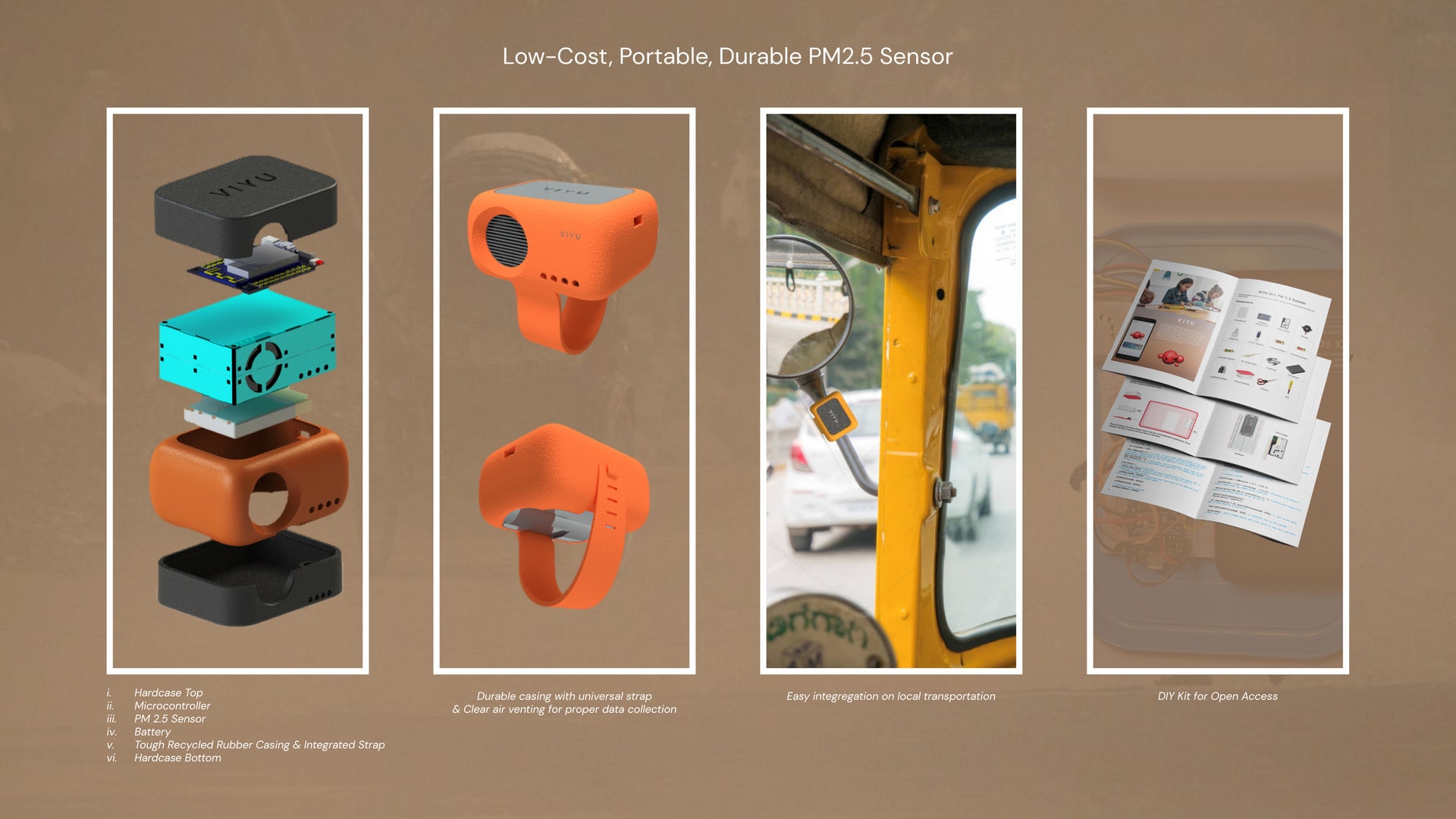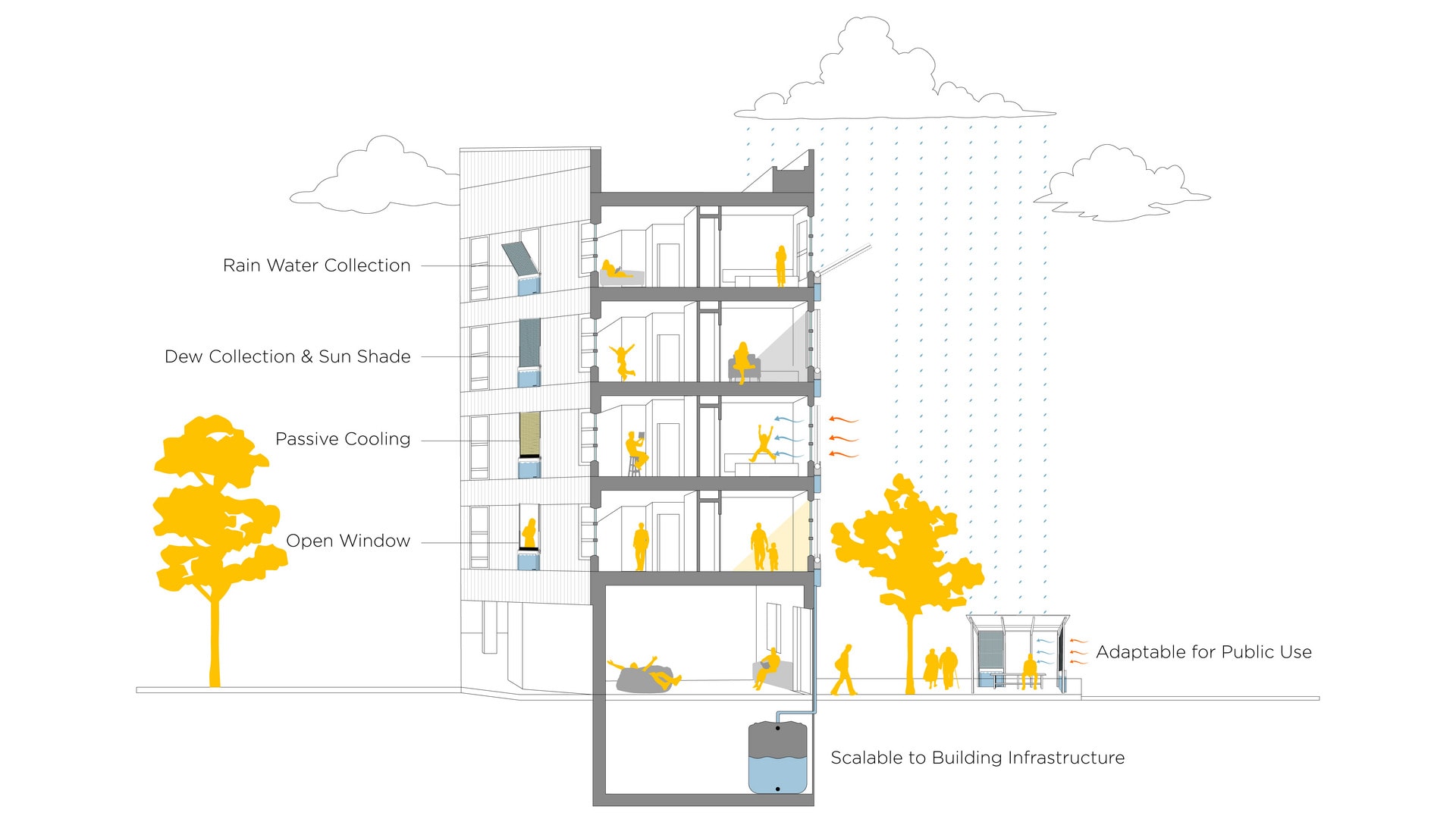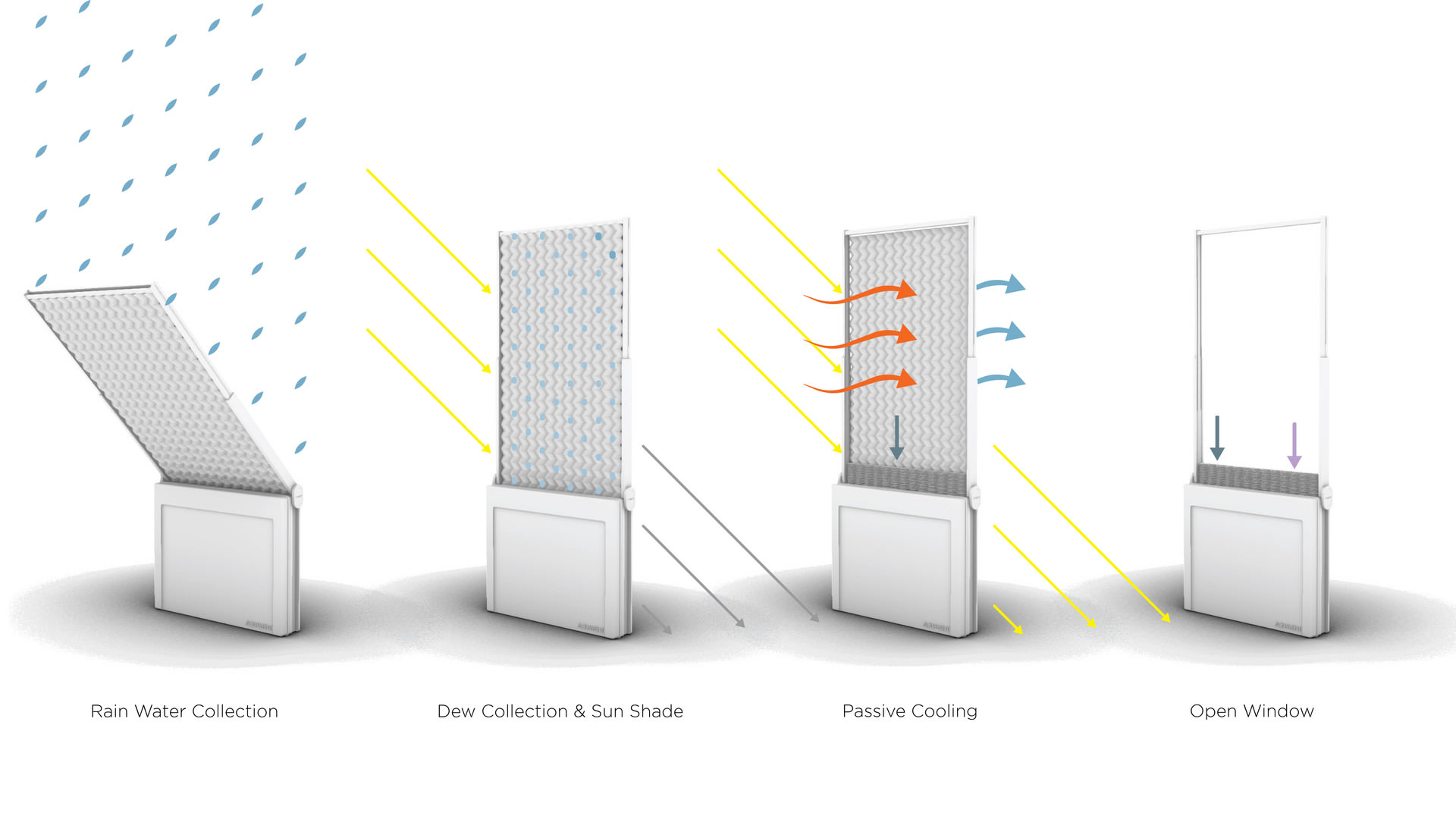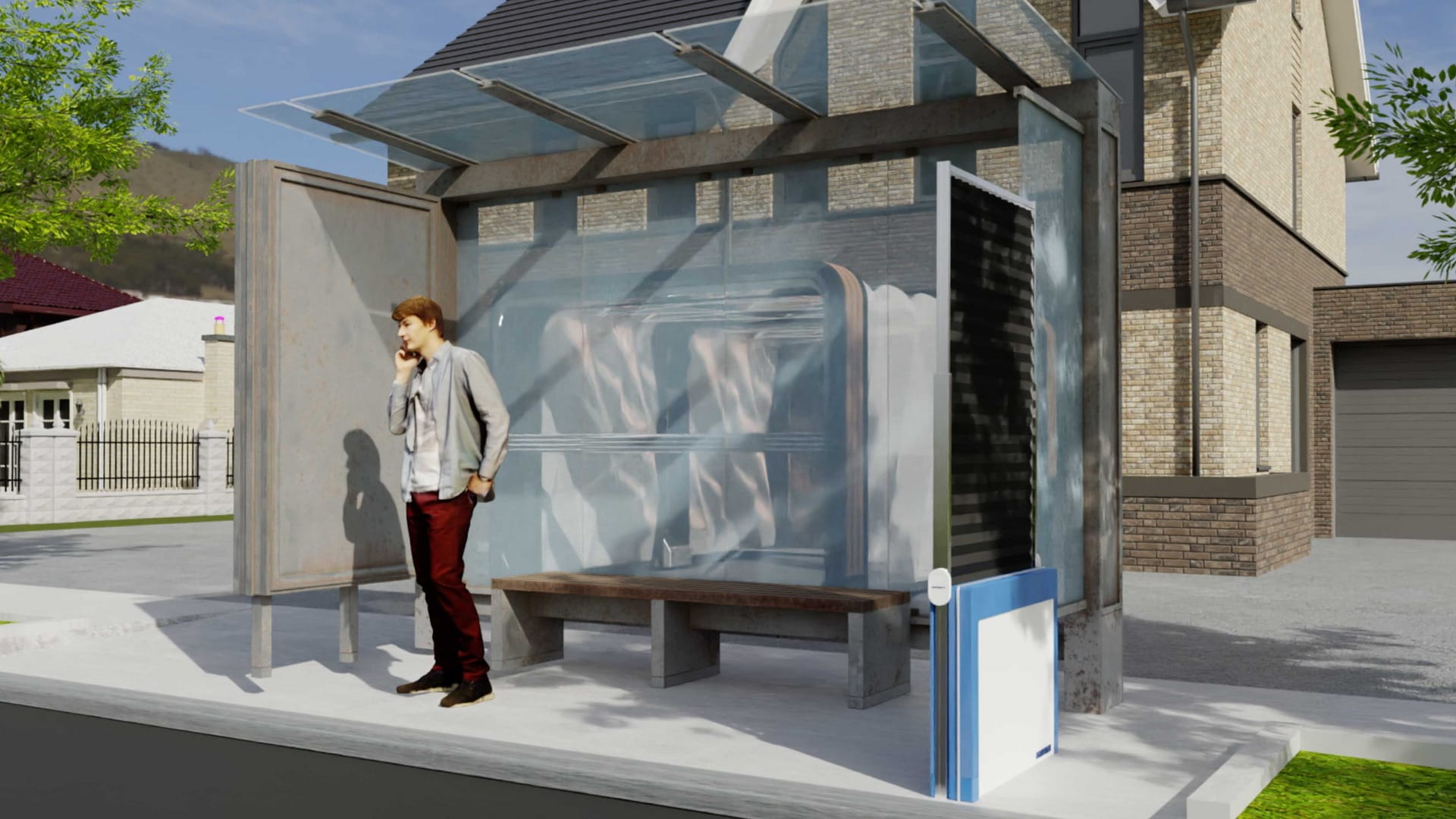Sarah Dodge is a designer, researcher, and generalist whose work aims to transform current human practices and systems towards a regenerative future. Through ethnographic and systems-level research, her strengths lie in uncovering rich insights into complex problems. Much of her work aims to accelerate the circular economy as she believes in a future where we no longer extract from nature, but rather collaborate with it.
Background
Prior to enrolling at the RCA/Imperial College, Sarah worked for over five years as a multidisciplinary designer and researcher in the built environment, working across the development stages from visioning to construction management and mitigation. Curious by nature, she has also worked in outdoor education and biochemical research. Her passion for the environment, interest in sustainability and desire to use design for social and environmental impact became the catalyst for change that led to her pursuing her master's in Global Innovation Design at the RCA/Imperial College.
Sarah is originally from Boulder, Colorado and holds a B.A. in Biochemistry & Molecular Biology and Studio Art & Art History from Lewis & Clark College.
Features & Highlights
Upcoming, Pop Up Exhibition (The Data Box), National Science Museum of Thailand, Bangkok
2023, American Heritage, Pratt Institute Showcase, Brooklyn, NY
2022, 'Designing for Digital Thriving,' IDEO x Riot Games, Finalist
2021, 'The Future Happened: Designing the Future of Music', LADdesign x CCA Design Futures Lab x Museum of Design Atlanta (MODA)
2021, Design for Safety with Viyu, RCA Grand Challenge Finalist
Previously: Murdock Research Scholar, Phi Betta Kappa Society Selected Member

















